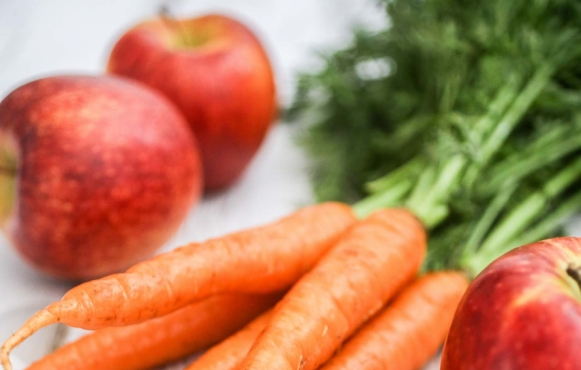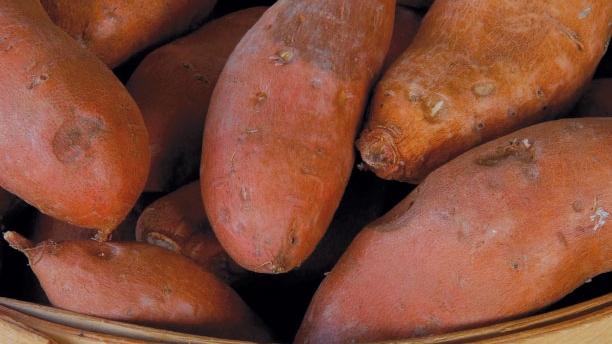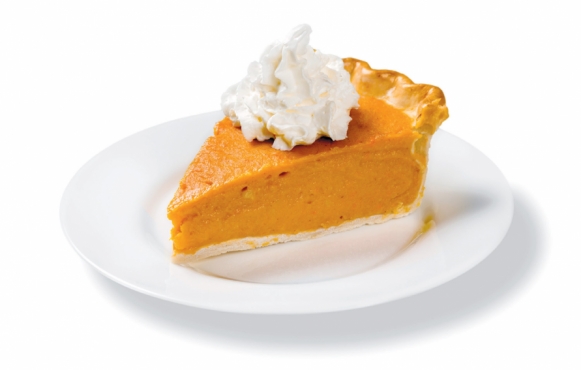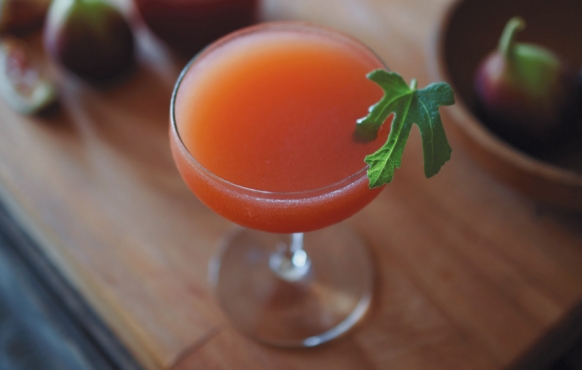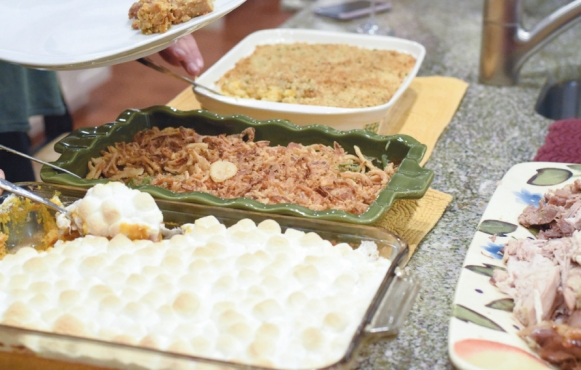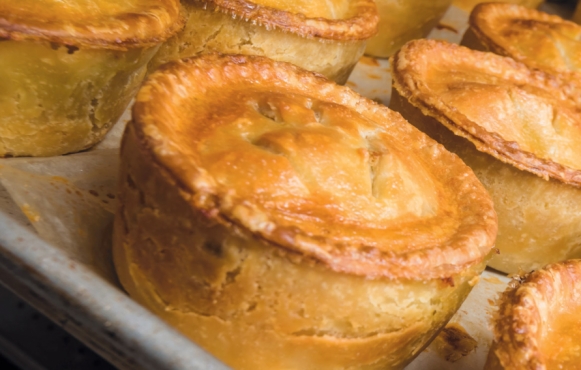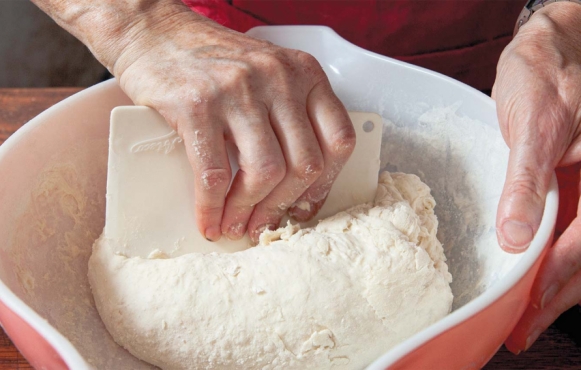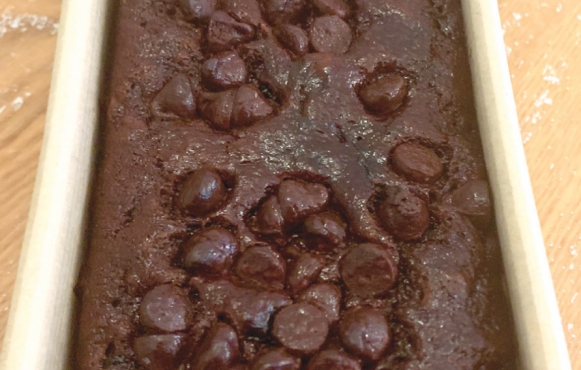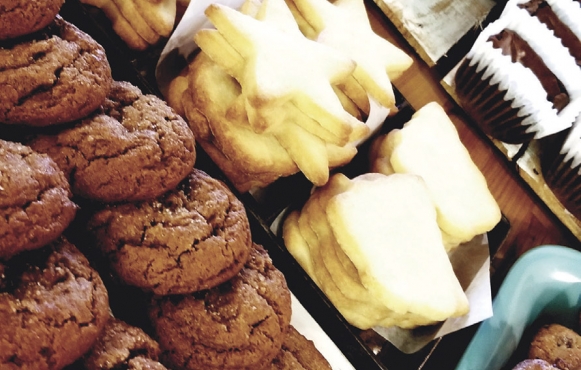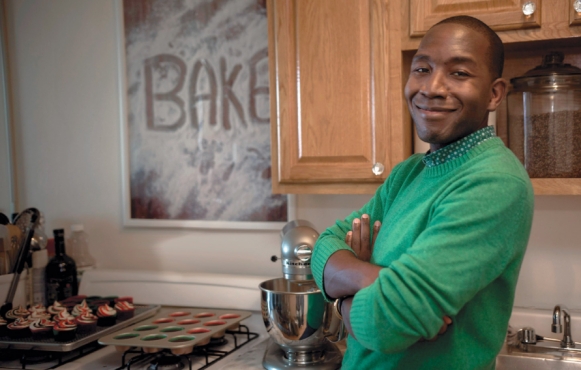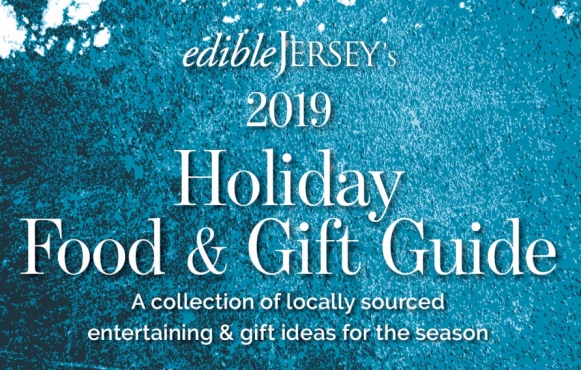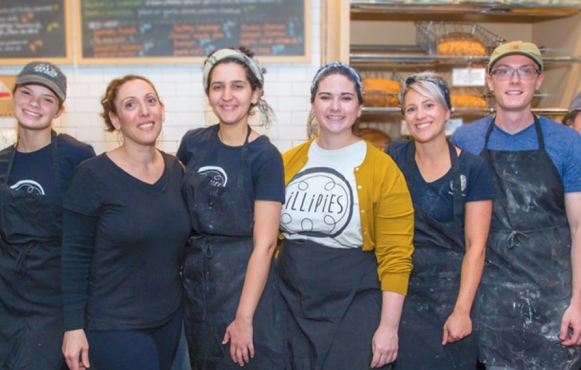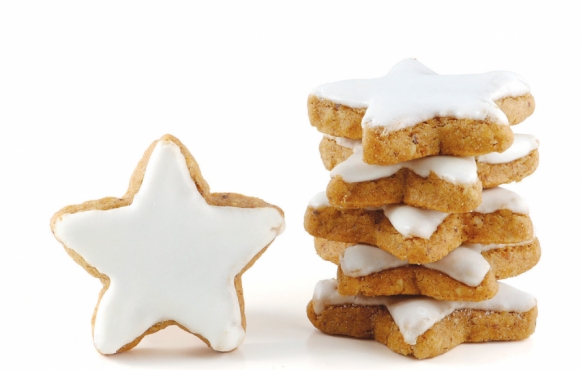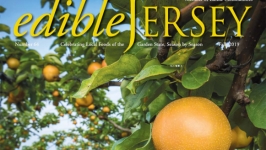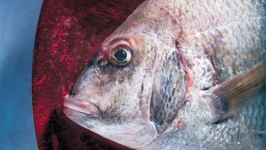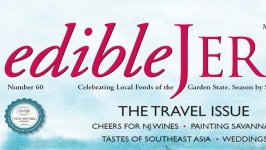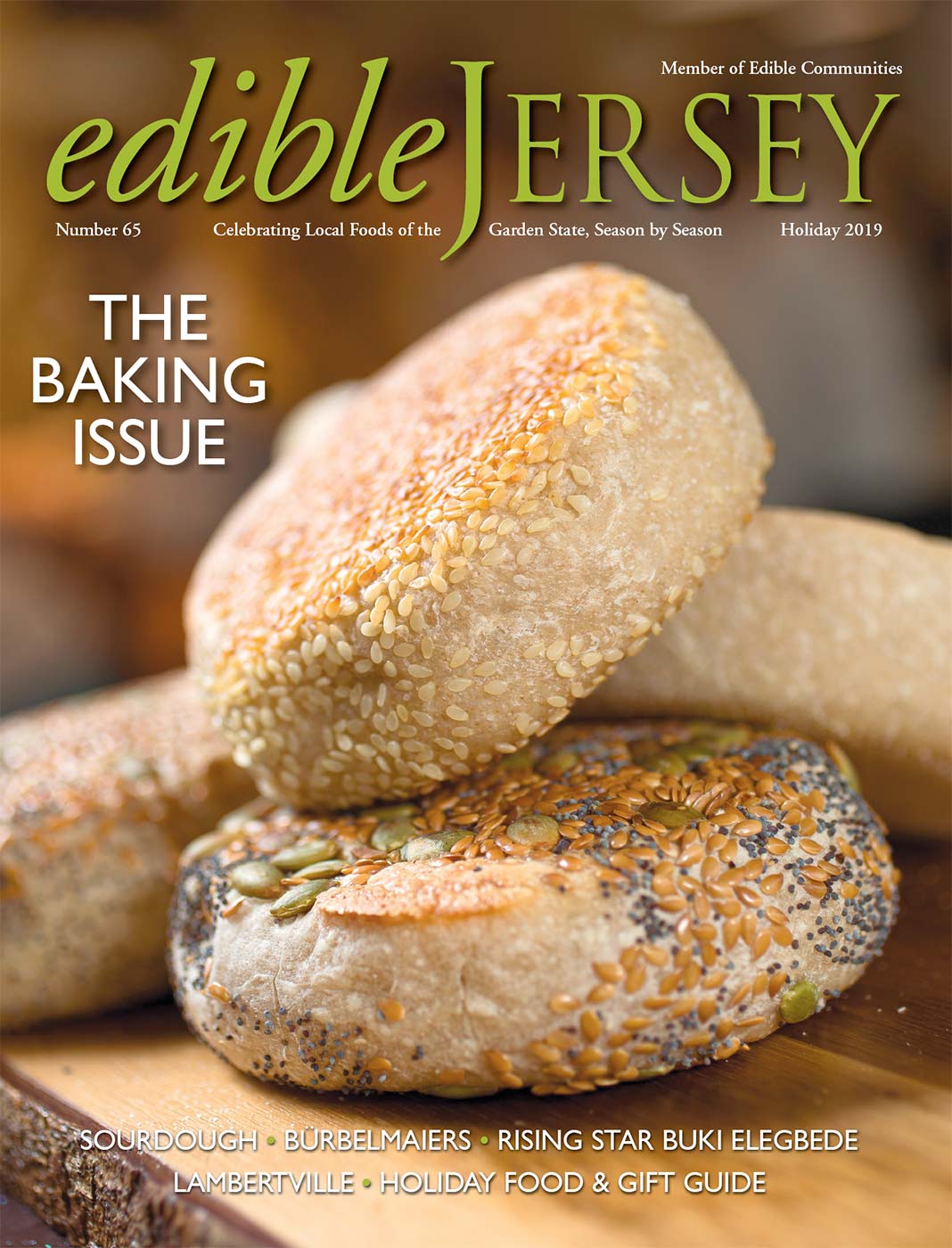 SOUL OF THE GATHERING
SOUL OF THE GATHERING
My sister lives in Louisiana, where sweet potatoes and pecans are abundant. When she drives north for Thanksgiving, she piles boxes of both into her car. For the holiday, she makes us candied yams, using a passed-along recipe from a neighbor, making a simple syrup with brown sugar and cinnamon, chopping the pecans for praline. Because the turkey has dibs on the oven, she boils her holiday sweet potatoes on the stovetop.
I have learned to sneak into the kitchen when the sweet potatoes are soft. I grab a fat bowl from the cabinet and scoop up spoonful after spoonful of sweet potatoes from the pot on the stove. In my bowl, I mash the sweet potatoes with a fork. I add salt and pepper. I retreat to a corner with my loot, the warm, fleshy potatoes the color of sunrise and sunset. My sweet potatoes offer hope and satisfaction, a beginning and an end. I usually go back for a second bowl. I am content.
My sister rolls her eyes, as if I’m stealing cookie dough. Wait till they’re finished, she says.
It is difficult to write about food. To explain a taste is a challenge. Many writers rely on a collection of inadequate adjectives—yummy, delicious, disappointing. It is equally challenging to write about the holidays. The emotions at the table are complex, a mixture of joy and pain and aspiration and loss with usually an argument thrown in.
In an essay for Southern Foodways Alliance, titled “Visible Yam,” author Kendall Kenan writes about a scene featuring the unnamed narrator in Invisible Man, who is elevated by a sweet potato from the Carolinas sold as street food in Harlem.
“The yam/sweet potato in Invisible Man is not simply a symbol, it has a function. It is a character. In many ways, it is alive. (In fact, it was once!)
 “For me, the hallmark of food in literature, raised to the level of art, is food interacting as character, food as character, food doing stuff, food being stuff, just as it happens with our flesh and blood, our mouths and our bellies and our memories. The best writers, the better writers, know that food is identity, food is alive, food is us.”
“For me, the hallmark of food in literature, raised to the level of art, is food interacting as character, food as character, food doing stuff, food being stuff, just as it happens with our flesh and blood, our mouths and our bellies and our memories. The best writers, the better writers, know that food is identity, food is alive, food is us.”
For us at Edible Jersey, food is the protagonist. Food is alive. This is perhaps most evident at the holidays, when food becomes the soul of the gathering, when gingerbread is weighted with the memory of a grandmother and sweet potatoes are full of the promise of a sister as a young girl.
In this issue, we write about sourdough and the mysteries of sourdough starter, which has a life of its own and can last for generations. Baking expert Nina White of Bobolink gives us a primer on both bread and starter; see page 30. In Story of a Dish on page 67, writer Fran McManus shares the secrets of the popular sourdough muffins at LiLLiPiES in Princeton. On page 40, writer Jenn Hall interviews baker and rising television star Buki Elegbede, whose energy is so vibrant and palpable he seems to jump off the page— talk about alive! On page 24, Hall also shares the story of Bürbelmaiers, a British pie shop in Ocean Grove, where the owners keep alive the tradition of the savory pie, which, as Hall notes, have been in vogue in Britain since Medieval days.
HOLIDAY 2019 FEATURES
Communities Near You
What’s happening near you
Bee-ginner’s Beekeeping: The Basics of Apiculture
Rutgers UniversityNew Brunswick
Old York Cellars 5-Course Spanish Indian Fusion Wine Pairing Dinner
Old York CellarsRingoes


